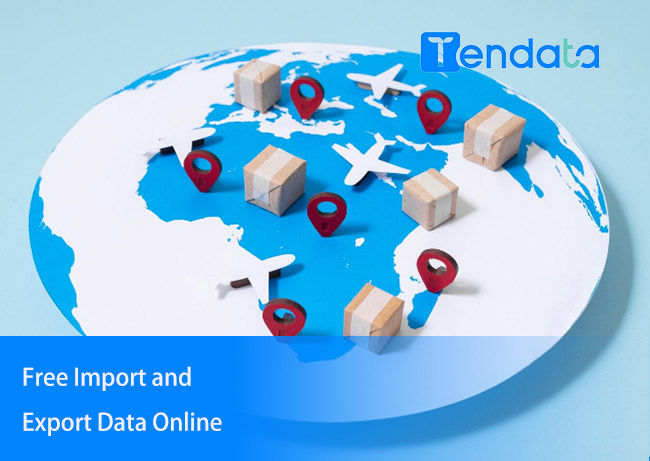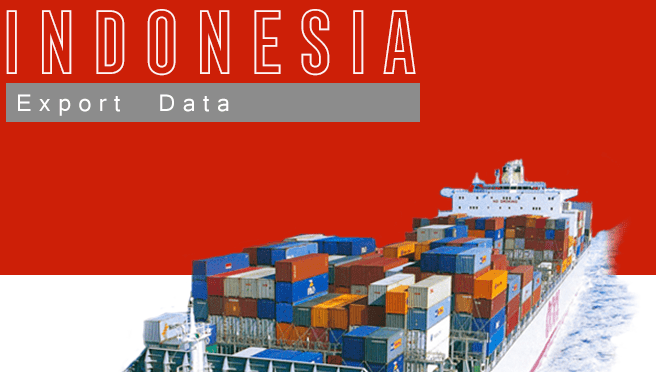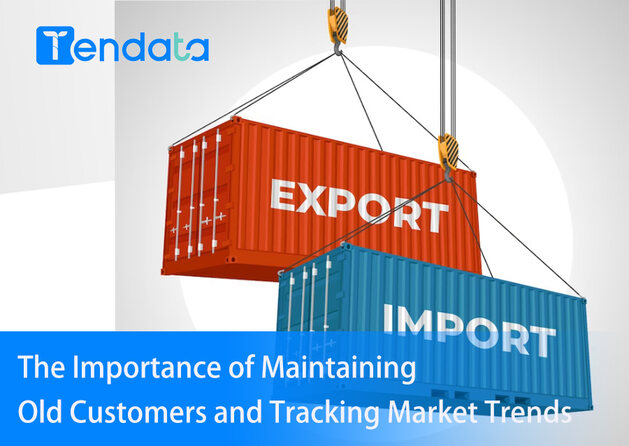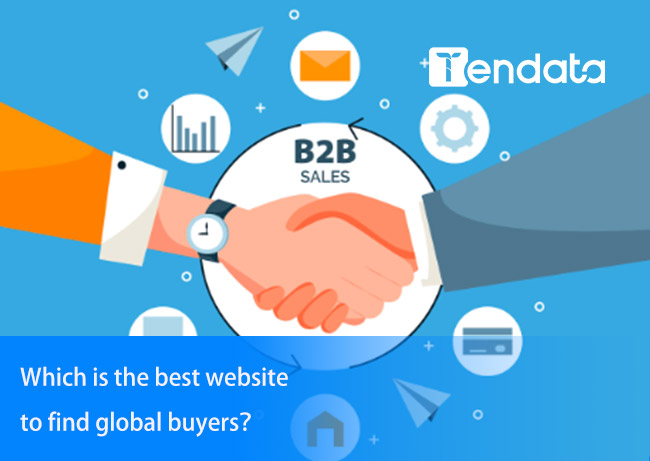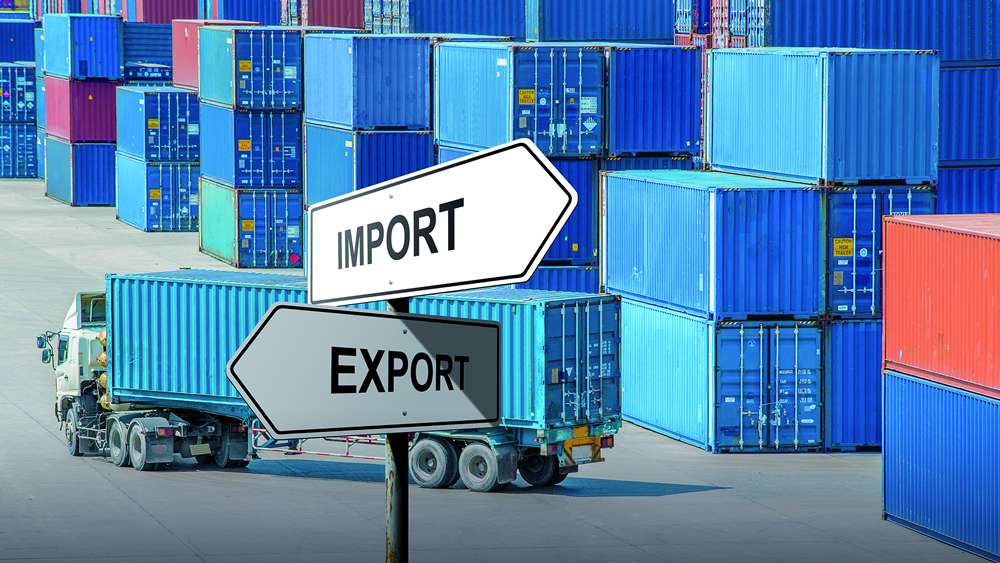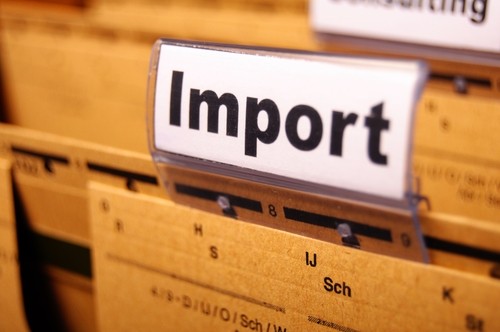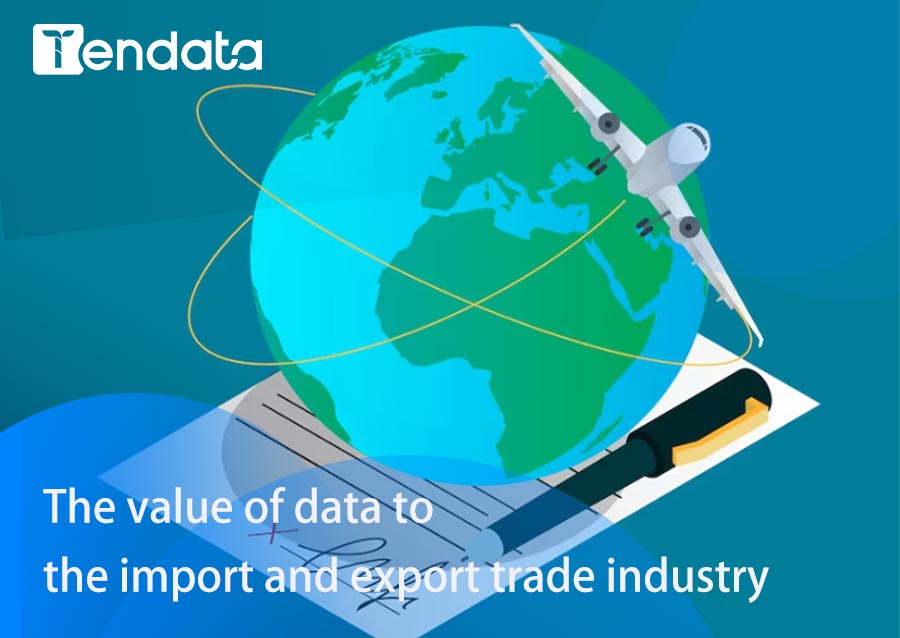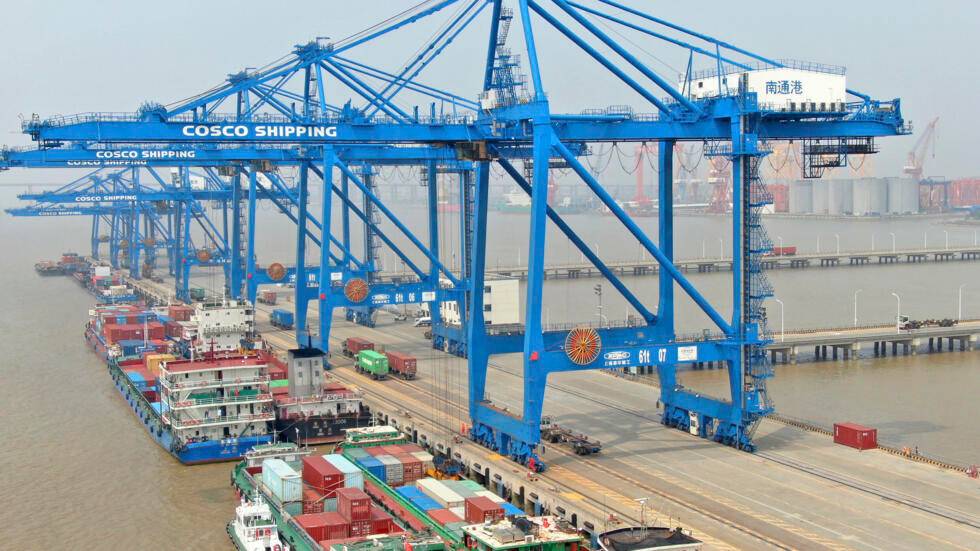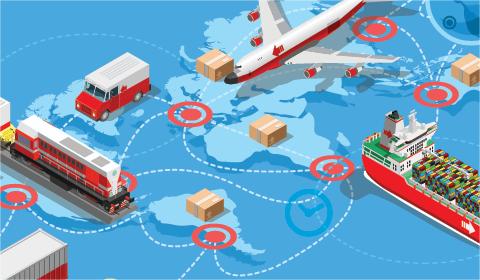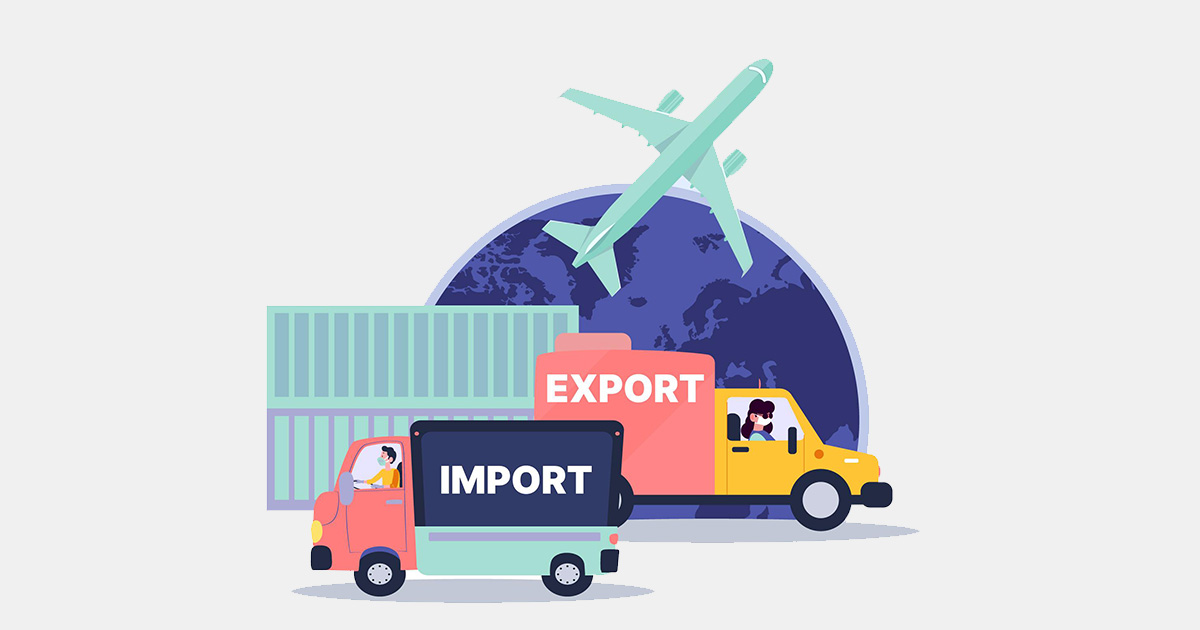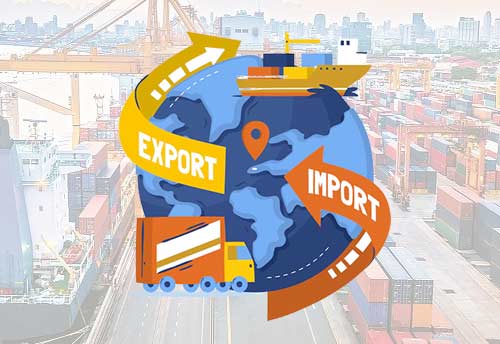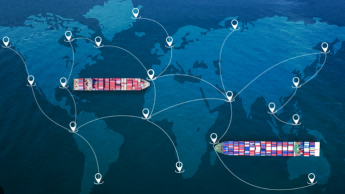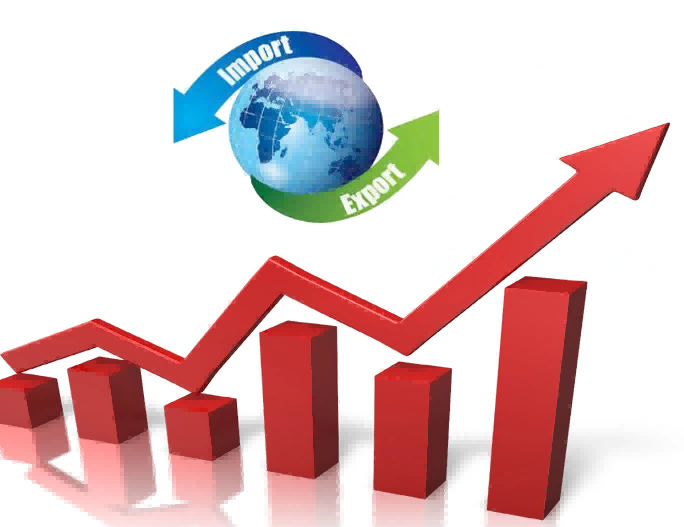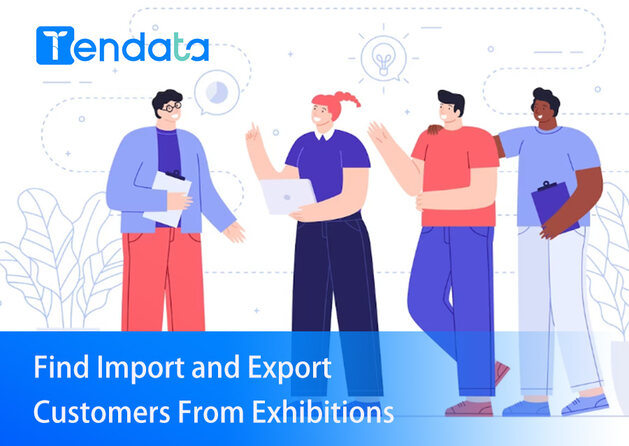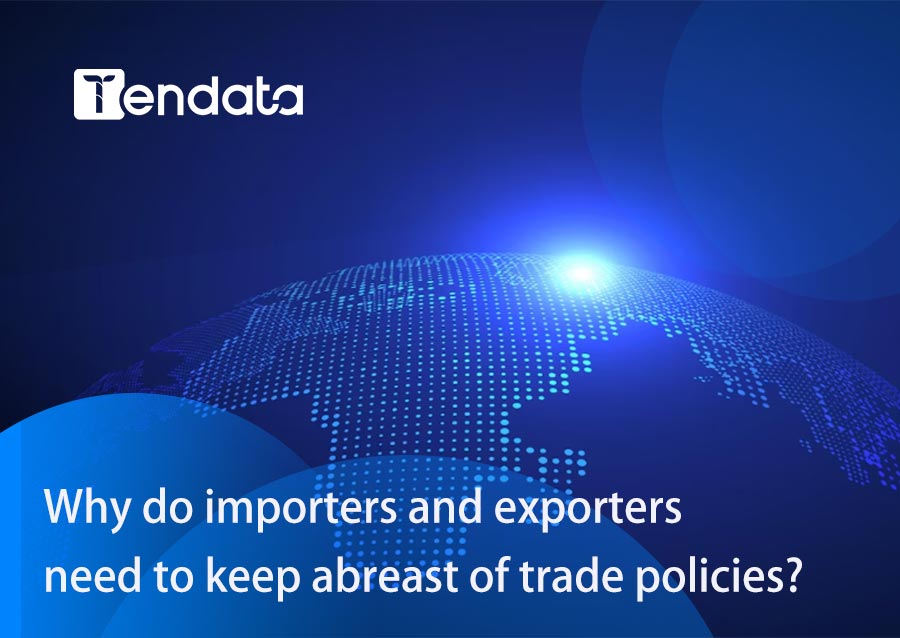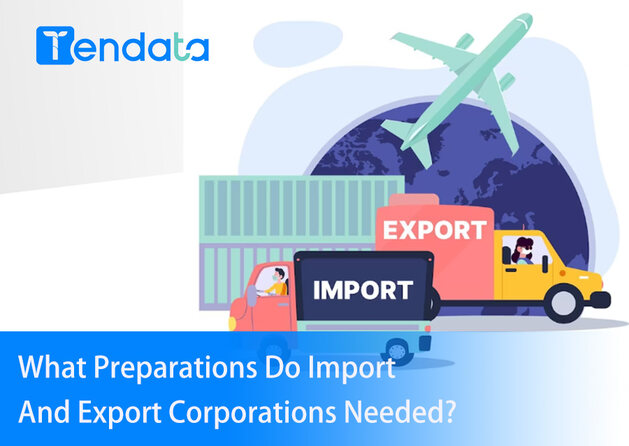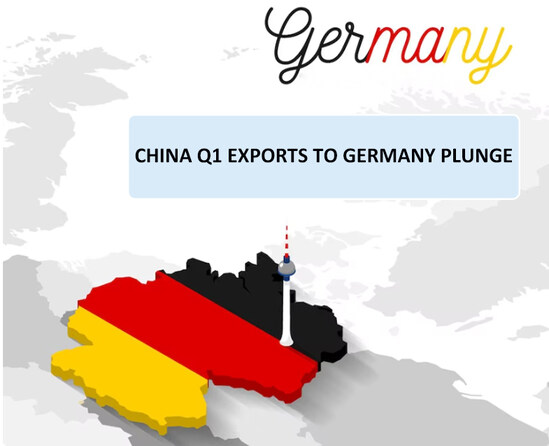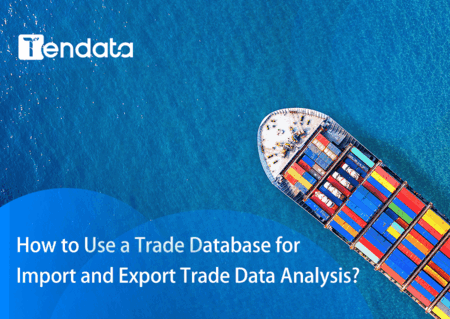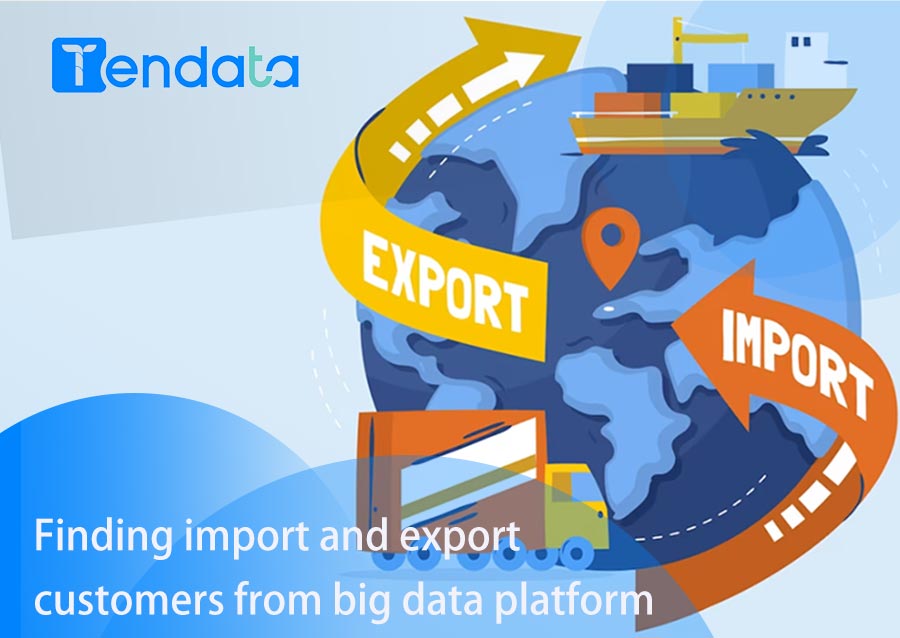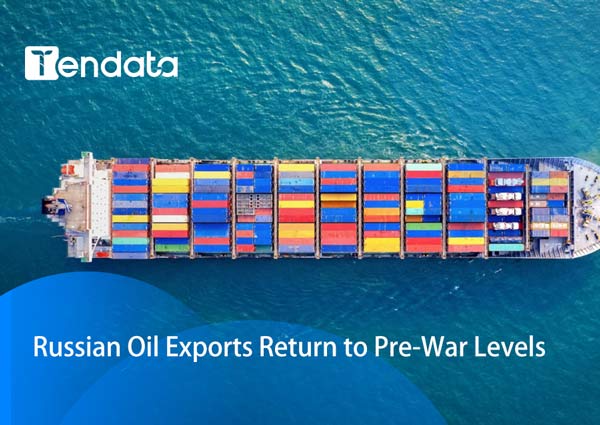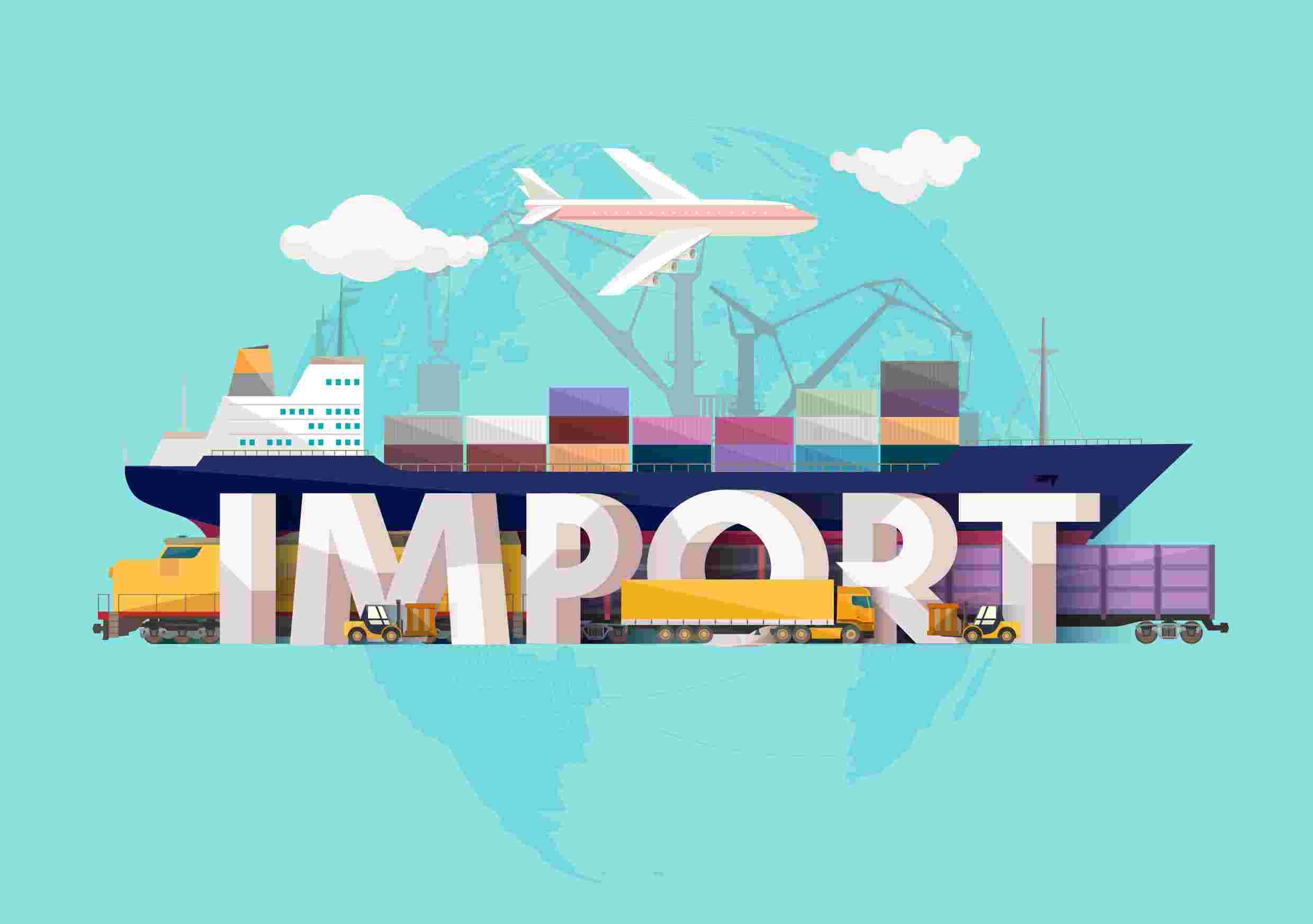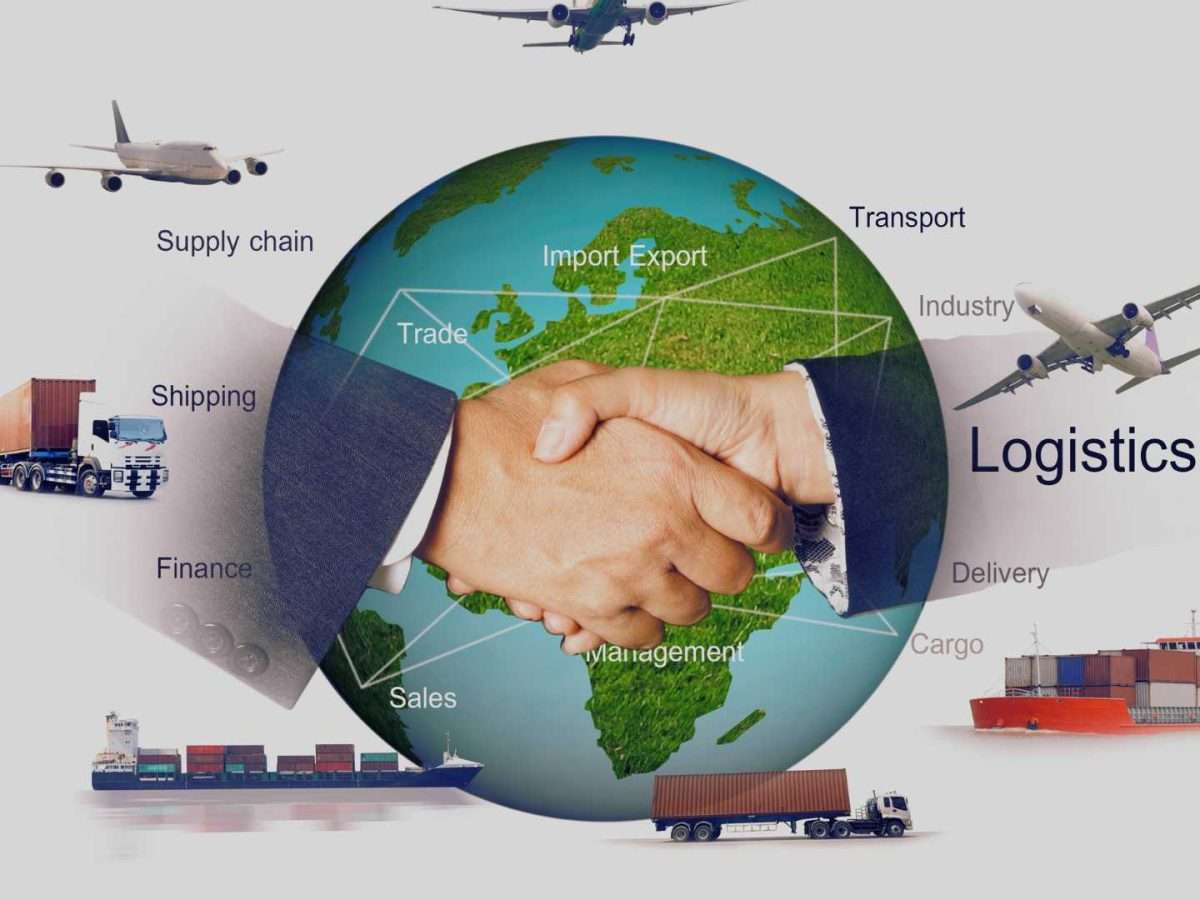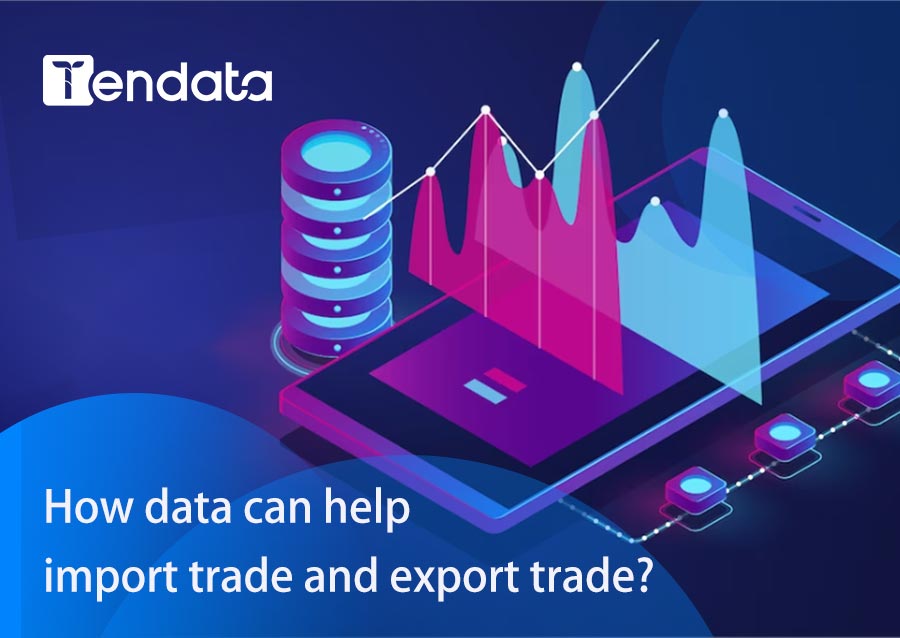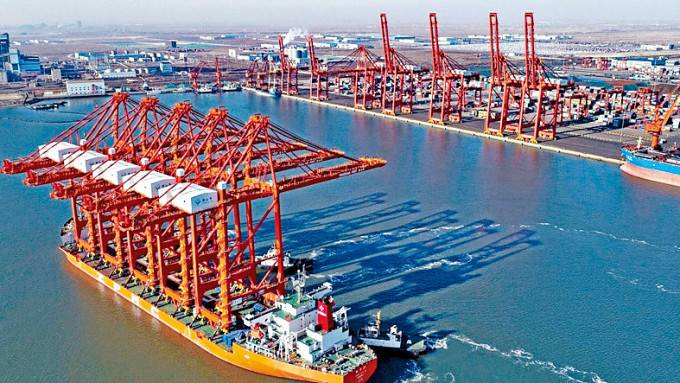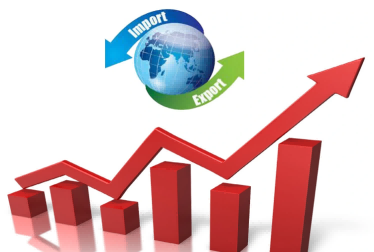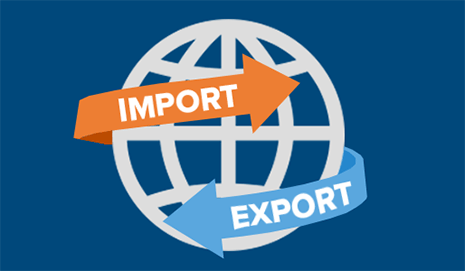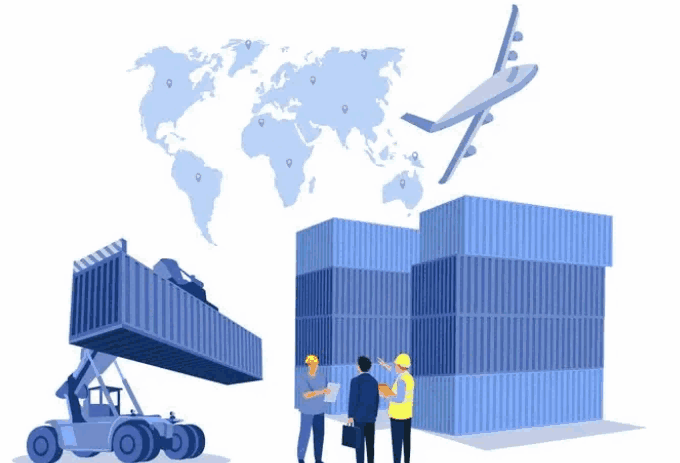 Trade Data Provider
Trade Data Provider
 2025-07-11
2025-07-11
Why Relying on Platforms Like Alibaba Is No Longer Enough for Customer Acquisition in the Import-Export Industry?
When it comes to finding customers in the import-export business, many people still think of Alibaba International Station first. Indeed, in the early days, Alibaba was once a goldmine for many import-export professionals. But the Alibaba of today is no longer what it used to be.
Back in 2011 or 2013, simply flooding the platform with products and stuffing keywords could bring in a steady stream of inquiries. But now, the game has completely changed, and so have the rules.
In the past, as long as you kept uploading products and optimizing for keywords, you could receive decent organic traffic, which translated into substantial inquiries and orders.
But now, Alibaba's dominant model has shifted to P4P (Pay for Performance). That means: if you don't spend money, you won't get traffic — let alone inquiries.
The problem? Spending money doesn't guarantee customers. You might invest thousands just for a basic account (or even rent a sub-account), but without a significant P4P budget, you're essentially “testing the waters.” In reality, you're just padding the success of others. Many import-export professionals end up burning money without receiving a single high-quality lead, with nothing to show for it but disappointment.
To make matters worse, orders on Alibaba today are increasingly small and fragmented. The platform is starting to resemble a cross-border version of Tmall, attracting mainly end-consumers (C-end buyers). These buyers look for small-quantity purchases, high frequency, and minimal profit margins. Traditional B2B transactions are gradually being pushed to the margins.
Many import-export companies don't even bother building their own websites anymore. They treat their Alibaba store as their official homepage, assuming the platform alone can support their entire business. This is essentially putting your company's future in someone else's hands.
In platform logic, no traffic means no inquiries, and no inquiries mean no orders. So all your efforts revolve around chasing traffic. But how much can you really spend? Platform traffic is limited, and competition is fiercer than ever.
It's not that you're not trying hard enough — it's that there's simply no “meat” left to grab, not even the scraps. If your only method of finding customers is relying on platform traffic, your road will only get harder.

So How Do You Transform?
If you want to achieve low-cost, stable growth in today's complex and fast-changing import-export landscape, you can no longer depend solely on platforms. More and more professionals are transitioning to independent customer acquisition — and this is becoming the core skill for the future of the industry.
Compared to throwing money at platforms hoping for exposure, independent lead generation has a much higher return on investment. Especially with the help of global trade data, finding foreign customers has never been more efficient or more targeted.
How to Acquire Customers Using Global Trade Data
1. Use Keywords/HS Codes to Search for Potential Buyers
Take Tendata as an example. On their platform, you can enter your product keyword or corresponding HS code to retrieve real purchase data from buyers around the world — all based on real transactions from the past year.
>>>Request A Demo from Tendata<<<
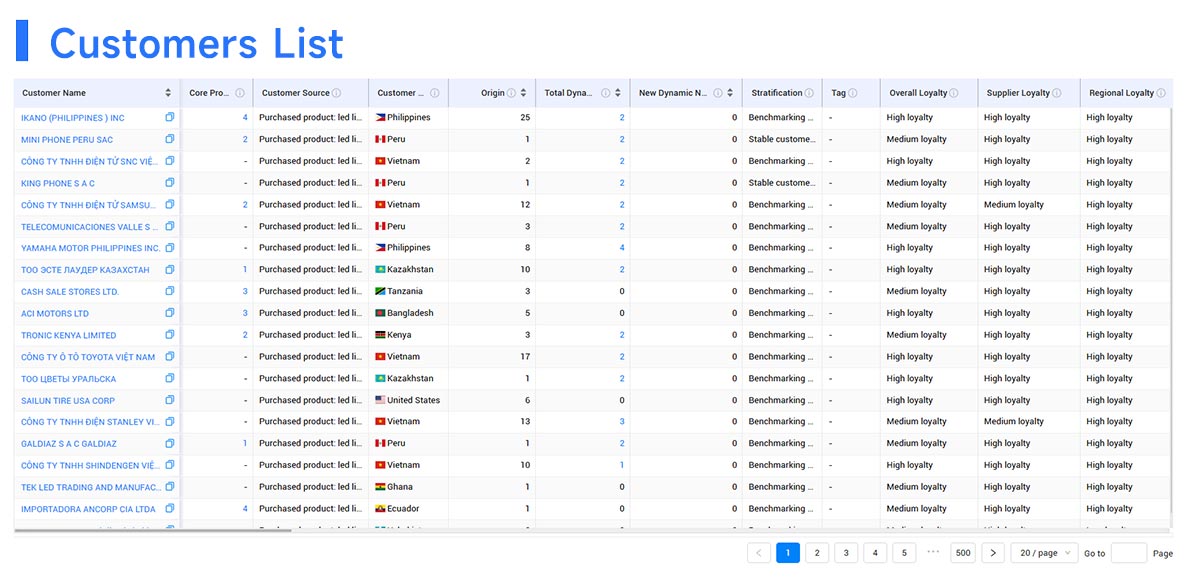
2. Analyze Procurement Data and Identify High-Quality Customers
By examining a buyer's purchase frequency, countries they source from, purchasing volume, and product types, you can clearly determine whether they fit your target customer profile and if they have stable purchasing needs.
>>>Get A Free Demo from Tendata<<<
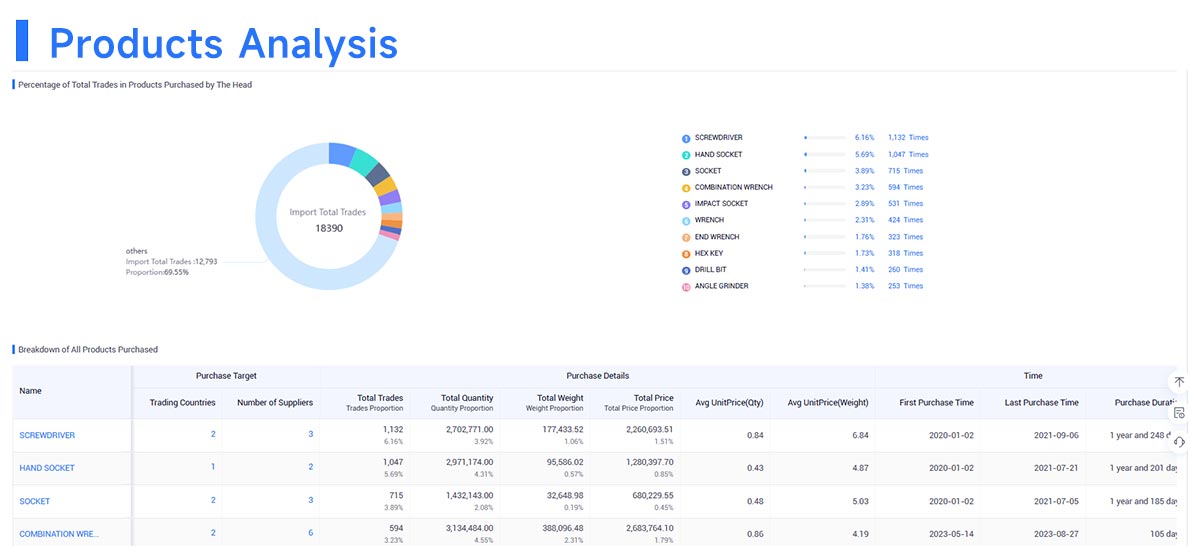
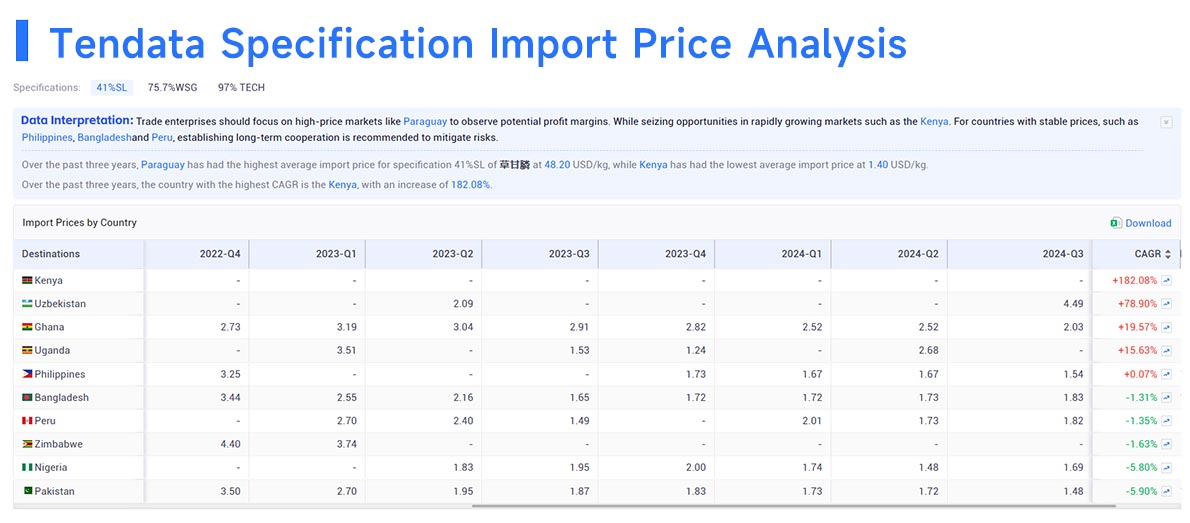
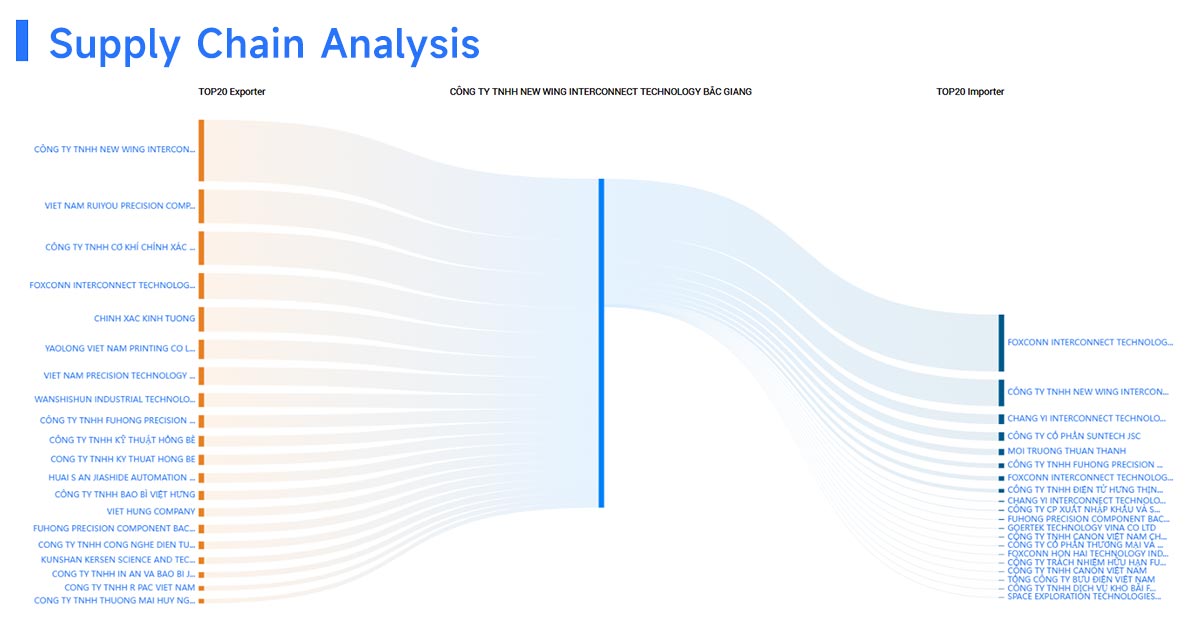
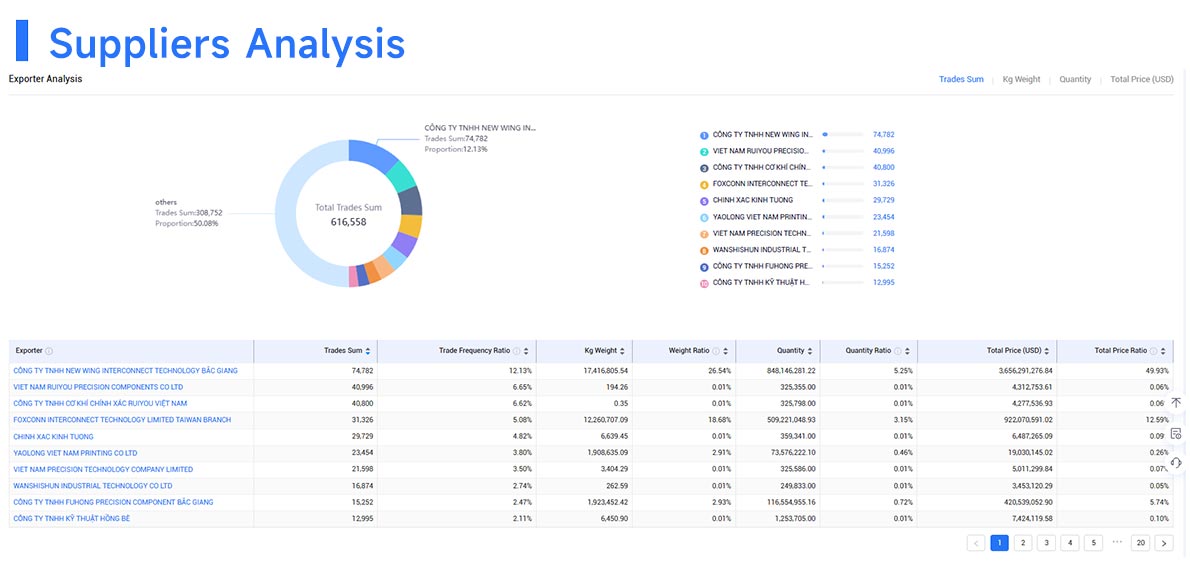
3. Conduct Background Checks for Precision Outreach
Once you've identified potential buyers, use the trade data to conduct background research — including company size, main products, and market presence — to filter out and focus on the most promising leads.
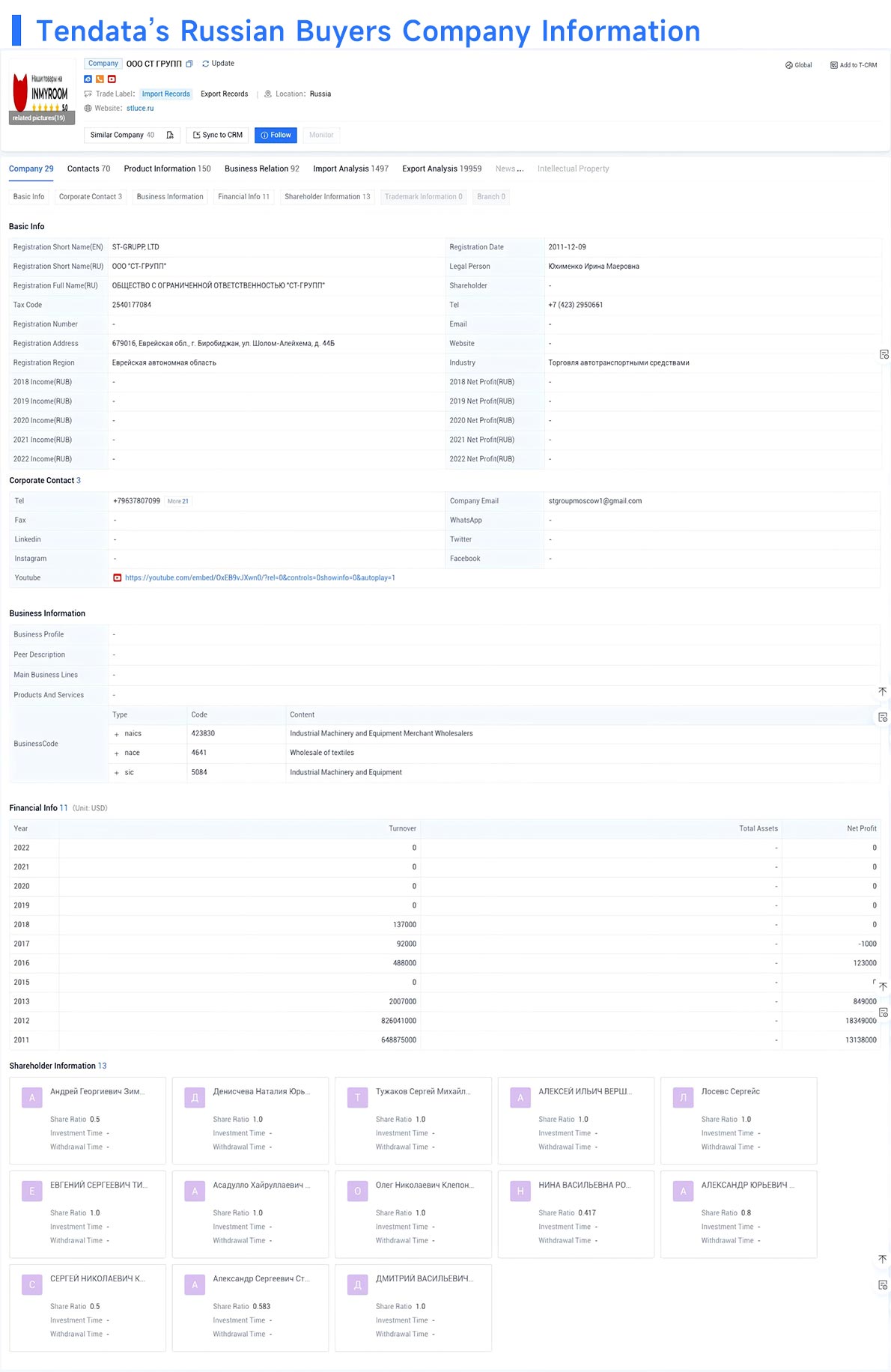
4. Multi-Channel Customer Development
Use the contact information provided by the trade data platform to reach out through email, phone calls, LinkedIn, WhatsApp, etc. This multi-touchpoint approach allows you to proactively push your product and solutions, significantly improving your lead conversion rate.
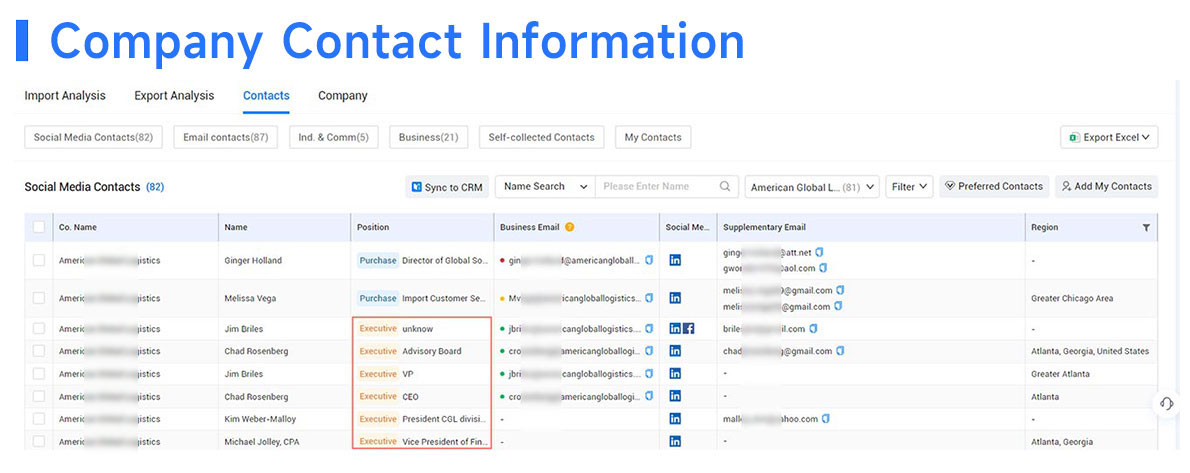
Conclusion
Alibaba used to be a "must-fight battleground,” but now it's a bloody red ocean where you burn money just to compete. The smarter import-export professionals are already shifting to independent, data-driven lead generation — a model that is efficient, controllable, and sustainable.
Remember: import-export is not a money-burning competition. It's a game of information gaps and execution power. And global trade data is your first step toward breaking free from platform dependency.
Stop placing your hopes on fleeting platform traffic. Start learning how to find customers on your own — and take control of your import-export future.
Category
Leave Message for Demo Request or Questions


 T-info
T-info T-discovery
T-discovery

 My
Tendata
My
Tendata Market Analysis
Market Analysis Customer
Development
Customer
Development Competitor
Monitoring
Competitor
Monitoring Customer Relationship
Customer Relationship